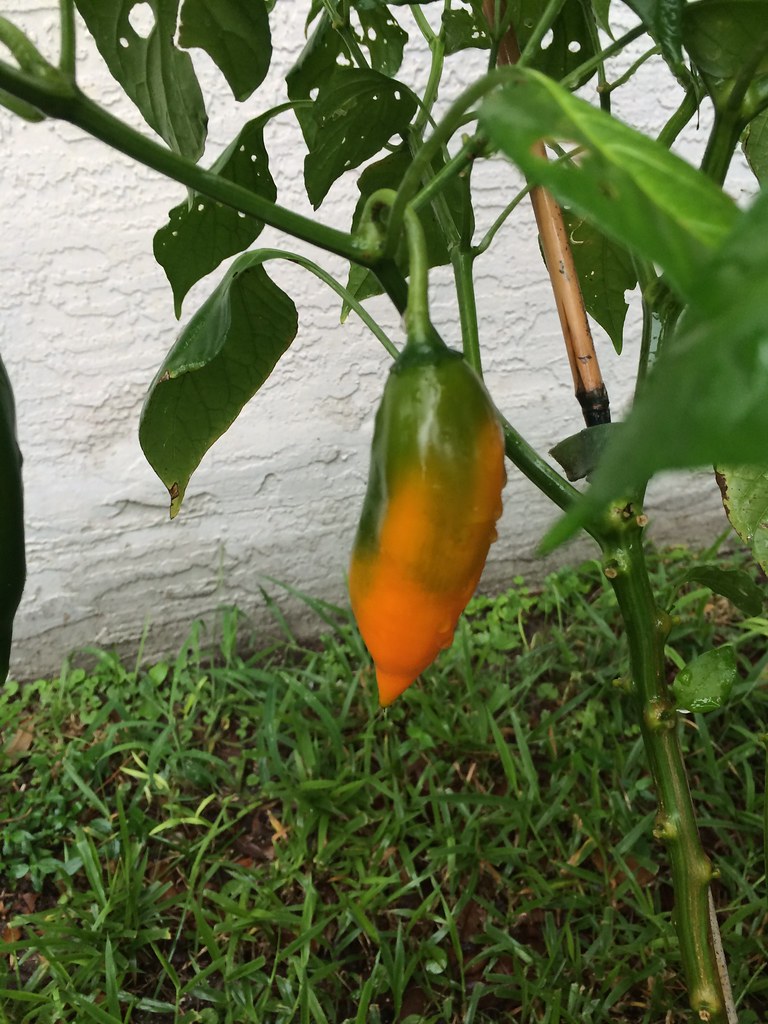windchicken said:
Please don't take this as criticism or condescending, self-serving "illumination"…I mean this in the kindest, friendliest way, as a fellow chile head who has been disappointed by his experience with the classic, true Aji Amarillo.
Aji Amarillo predates even the Inca Civilization by thousands of years. Images of its plants have been found on jars dating back to long before the great structures at Machu Picchu were built. What we have today is the result of selection for more generations than we can imagine. The ancient breeders of this pepper knew what they were doing, and I don't think they were selecting for poor production...It is unfortunate when one attempts to grow a prized thousands-years-old-landrace far from its established home, in soil and climatic conditions far different from its homeland, and then characterizes it as "one of the less productive baccatums." I had the very same experience as everyone else here: Aji Amarillo wouldn't perform for me, but it wasn't the fault of the pepper, it was my fault for attempting to make it produce in a place that was not the Andes. Check out what Aji Amarillo can do in its happy home:
https://www.youtube.com/watch?v=0r6Pxw-v_d0
Arrrrg…If anyone can tell me how to embed a YouTube video in a THP post, please hollah…Otherwise, you got the above link to a great vid of a huge Aji Amarillo harvest in Peru...
Thats pretty impressive, I finally get to see Amarillo in their native land and they look magnificent. Sorry if my rant came off as blasting the pepper because of poor production, as you have explained I realize not all peppers will perform like they would if they were grown in their native climate.
I probably wont grow Amarillo again, if I had more room and a way to over winter the plants I would. I can buy Amarillo paste at my local Thai store for approx $3 a jar. So its why I gave up on growing them, the flavor of the pepper speaks for itself.
cheers













